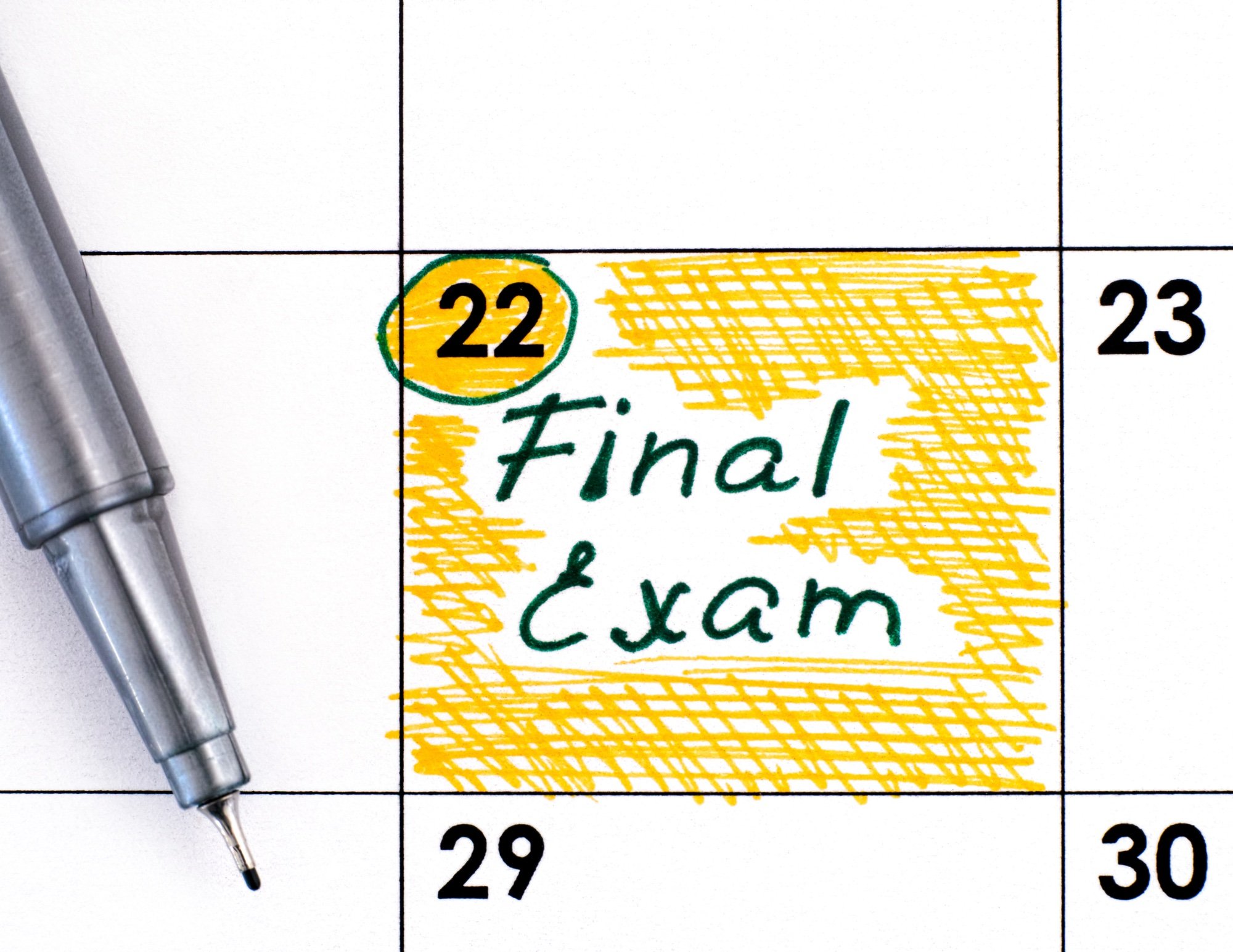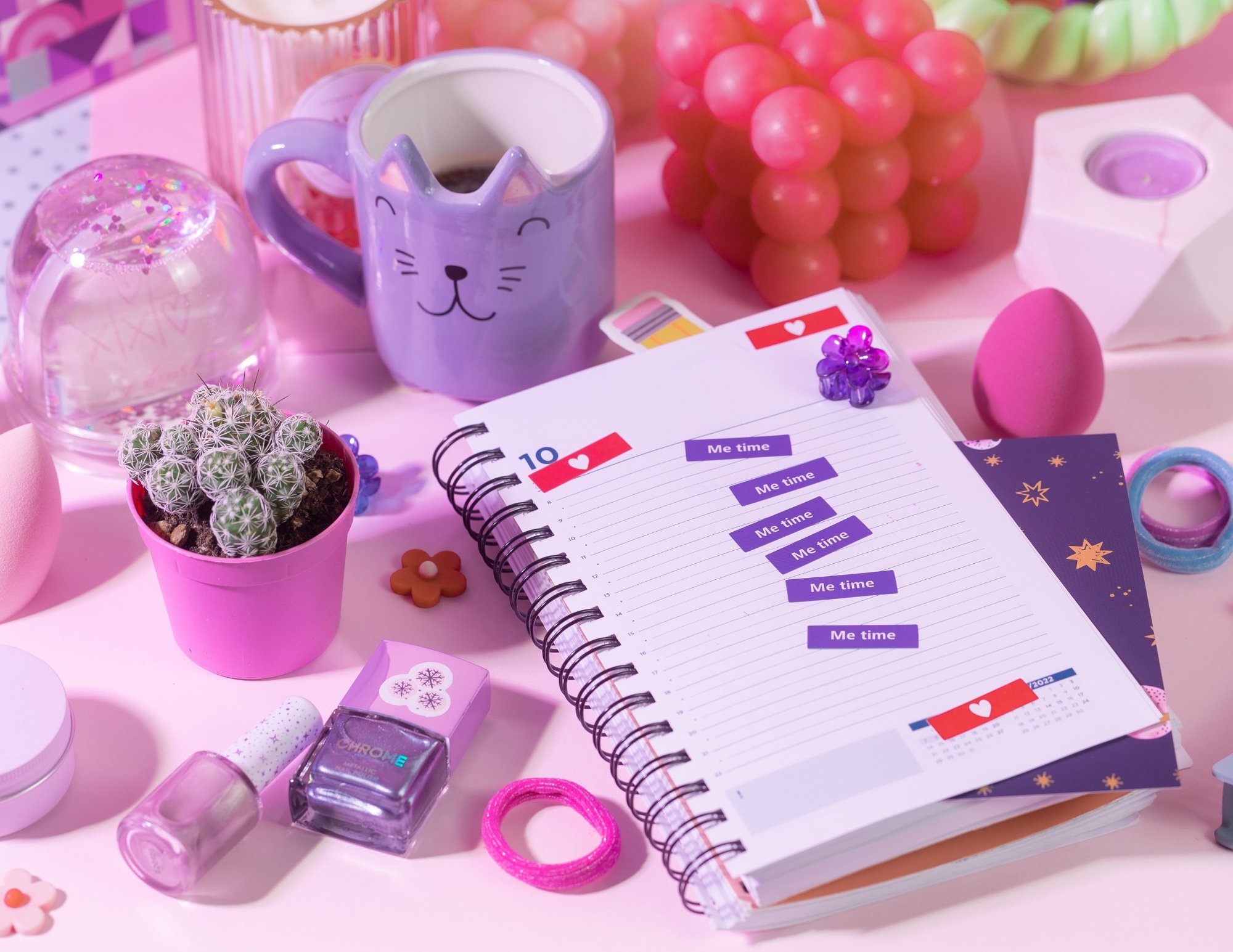With the end of the semester approaching, many secondary students are feeling anxious about their final exams. As a parent you can incorporate specific practices in your home to help your child feel more at ease and make their testing experience a positive one. Here are five useful tips to help your student enter their exam week with confidence and ease.
Get Clear on Expectations
Before your child dives right into the studying process, set aside time for a brief check-in to offer support and encouragement. Taking a few minutes to go through your child’s course materials and communications from teachers together can ensure your learner has a complete, accurate list of all test and project requirements. Making a to-do list for each course is a huge help! If your child has any gaps in materials or understanding, you can suggest they reach out to a classmate for guidance or you can help your child craft a message to their teachers to clarify expectations.
Create a Visual Plan
It is extremely beneficial to create a visual plan that includes the dates of all of your child’s exams and a study plan for each day for 1-2 weeks prior to the test dates. You can use a large month-view wall or desk calendar or create a multi-week sticky note calendar that allows for manipulation of information as plans change. With your guidance, your child should be the one to actually fill in the details on the calendar with colors and markings they enjoy so that they feel in control of their own study plan. Encourage your student to make a logical plan based on how much preparation is necessary for each exam, the actual date of each test, as well as any other activities they need to work around during those weeks. Your child might need a gentle reminder that it will be best to study multiple days for each exam.
Block Off Time to Study AND Time for Breaks
Setting up an efficient study schedule often requires time for the actual studying to take place and time for rest, movement or recharge. For each study day, it is important that your child blocks off chunks of time in this manner. For the available study time, suggest a certain pattern based on your child’s unique needs. One method that might be useful for final exam preparation is the Pomodoro Technique, where a student uses a timer and takes a 5-minute brain break after each 25-minute study period. After 4 study rounds, the student can take a well-deserved longer break to eat and do something enjoyable for an agreed upon time. You can even incorporate a reward system with this study model if it is beneficial for your learner.
Use Tailored Study Techniques
There are many useful study techniques and some might work better for your child than others. It can be very helpful to have a dialogue with your child prior to their study time each evening to ensure they are making logical technique choices based on the subject matter they need to review. You can offer to quiz your child over material once they have reviewed information independently, or they can flip the role and try to teach you or a sibling the information they are learning to really make sure they are clear on the concepts. More than anything, however, it is incredibly important for you as a parent to maintain a positive outlook so your student feels good about the work they are doing and the support you are offering.
Focus on Health and Wellbeing
Since your child will be expending great amounts of energy on assimilation and retention of information, it will be essential that they drink plenty of water and eat ‘brain’ foods and balanced meals with limited sugar. They should also aim to get at least 8 hours of sleep each night. To help calm their nerves, you can also suggest they set up a daily ritual to destress, such as spending 10 minutes using items from their calm down kit each morning, afternoon and bedtime during their final exam week. Throughout the week it will also boost your child’s mood and confidence if you find opportunities to acknowledge their hard work and let them know that their personal best is always good enough for you.
Written by Krista G.












